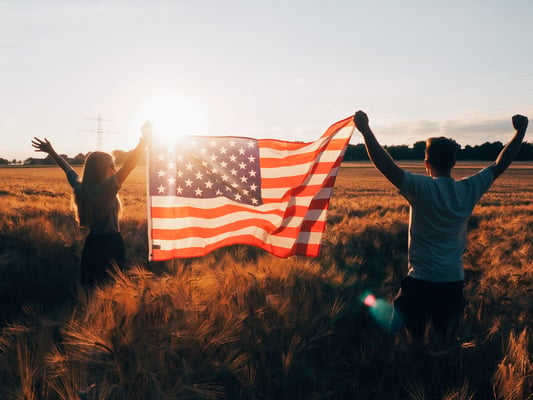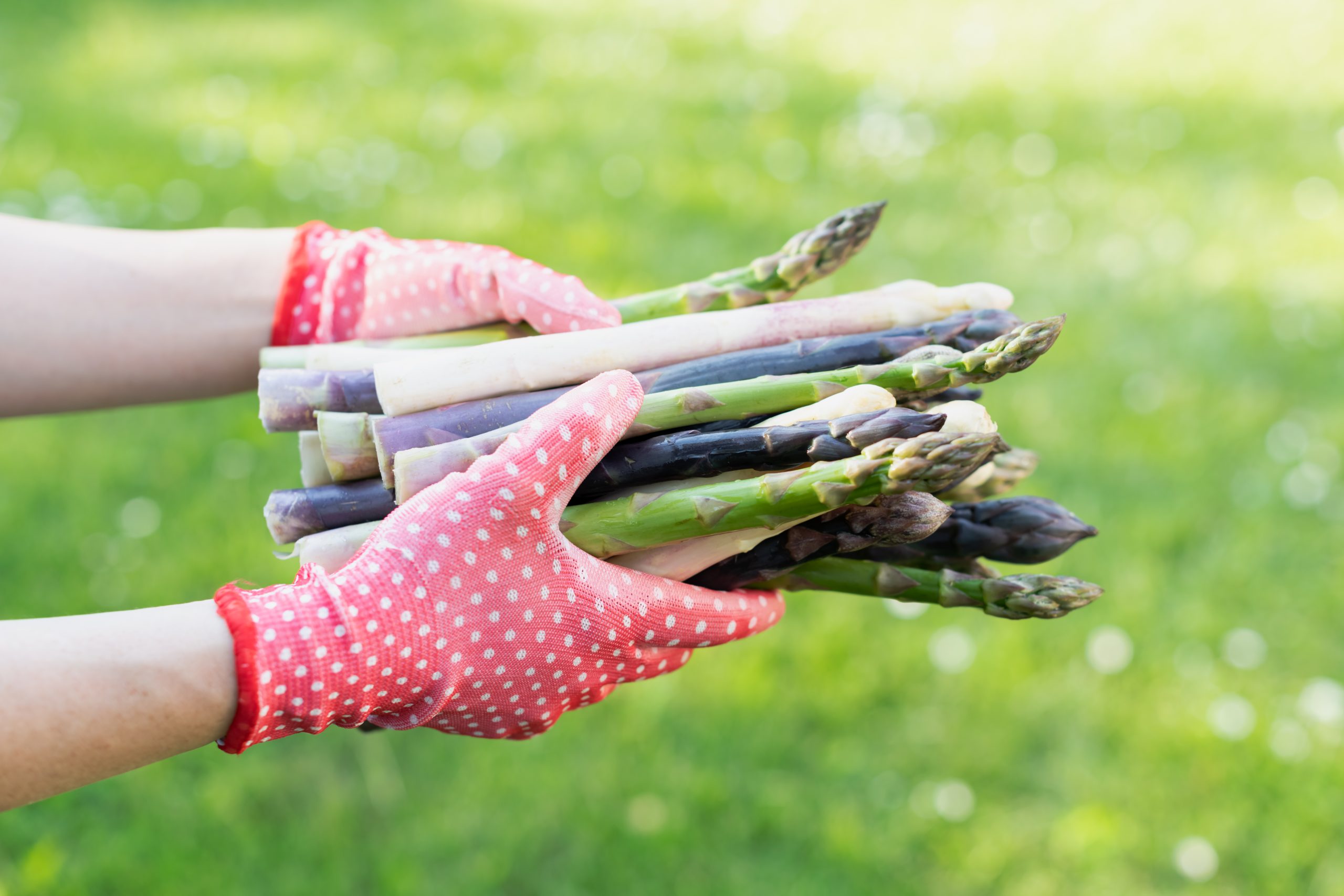Gratitude on this Independence Day
When I was asked to “write a blog” for the Fourth of July, there were no subjects from which I could choose. No “Women’s Health” or “Farmers’ Market” ideas to launch from. I felt a sense of frustration, like I was sitting in traffic, and worse yet, having nowhere to go. Such anxiety over such a little thing. If you know me, you may know that’s how I operate. I tend to focus on the specks on the wall, the dog hair on the carpet, on the crumbs on the counter, the periods at the end of sentences, title case and person…you may know what I mean. I’m guessing you may have your own specks on the wall. Well, just thinking about this blog and how I should write it, I know I have a-plenty.
OK, so what do we do, those of us with those “specks?” I did some research, and here’s “the thing” if you choose to read on. The suggestions in this blog may seem easy, but I am finding that the frustrations in my life make it more difficult. But it also makes this more important. Thank you for reading on.
So, what’s the connection to the Fourth of July? Bear with me (yes, that’s the right grammar). On this Independence Day, I am going to declare my freedom from worrying about the things that have little meaning, like the crumbs and the dog hair—at least for this one day. You can try it with me, and I’m sure it’s going to take a lot of practice if we choose to carry it forward. I do believe we all can develop the mindful skills to protect ourselves from this stress or I wouldn’t put my neck out here—it’s the practice of gratitude.
 There is so much research that tells us practicing gratitude can improve our mental health and boost our relationships. In just 15 seconds of appreciating something you are grateful for can be transformative and turn problems into possibilities and annoyance into a challenge. It can diminish anxiety and depression and turn frustration into contentment. It sounds like a too-good-to-be-true Sunday morning infomercial. As I still fumble with this lock, the key really is simply taking the time once a day to focus on the experience of gratitude.
There is so much research that tells us practicing gratitude can improve our mental health and boost our relationships. In just 15 seconds of appreciating something you are grateful for can be transformative and turn problems into possibilities and annoyance into a challenge. It can diminish anxiety and depression and turn frustration into contentment. It sounds like a too-good-to-be-true Sunday morning infomercial. As I still fumble with this lock, the key really is simply taking the time once a day to focus on the experience of gratitude.
I found lots of exercises to practice, from journaling to simply eating a can of white beans instead of a meal. Check out Positivepsychology.com for this “Can of Beans” exercise if you are curious—lots of other good stuff there. I also found some great tips on Mindfulness.org adapted from the book Start Here to help make the most of whatever technique you can find. I admit, I have not read this book (yet), but I found the excerpts intriguing and helpful. Here are just a few ideas from the book to get us started on our gratefulness practice:
- Get your friends and family involved. Have “your people” say what they are grateful for at the start of a meal, or maybe a meeting or a routine gathering. This will reinforce the experience and help everyone get the experience of gratitude.
- Remember to do it. Like all wellbeing habits, the most difficult part of gratitude practice is remembering to do it.
- Don’t forget to rewire. It’s natural to experience gratitude in one instant and then move on to whatever else you are doing. Pause for a few extra seconds to reflect and savor the experience.
- How you know it’s working. In a few weeks, when you make the time to express and savor your gratitude, it will become automatic, and you will start to notice the experience of gratitude becoming more frequent in the rest of your life.
- Find a cue that works for you. Mealtimes are often the best time, because it involves a social situation in which you can share your gratitude practice with others. If this cue doesn’t work for you, pick some other, regularly repeated daily event, like waking up, going to bed, or starting your computer at the beginning of the day. The key is to keep your cue consistent.
- Go deeper. If you have mastered the practice of expressing gratitude at each meal, build another cue into your daily life, for instance, phone calls. Whenever you receive a phone call, rather than picking it up immediately, listen to at least two rings while thinking of one thing you are grateful for, and then answer the call as you savor the experience. This practice may be more difficult than it sounds, but when you master it, you will enter each phone conversation with a feeling of deep appreciation.
I’m not sure I could do the “Can of Beans” exercise for several reasons, but I can think of lots of things I do every day, without fail. Be creative in your thoughts. When you brush your teeth, tie your shoes, or take that first sip of coffee—or when you buckle your seatbelt, ride the elevator, or wash your hands. So many cues.
If you’ll join me on the exploration of gaining my own independence this July Fourth, from only seeing the half empty cans of soda left on the porch, the piles of mail on the dining room table—simply by expressing my gratitude for all that I have been given, the blessings, and on this day, our freedoms of life, liberty and the pursuit of happiness, and how and why we receive all of this—then it truly will be a great Independence Day. Just counting the “ands” in the last sentence is my sign.
Lastly, all of us at ViaroHealth are grateful for every person we have the honor of sharing our thoughts with on this most important Independence Day.



